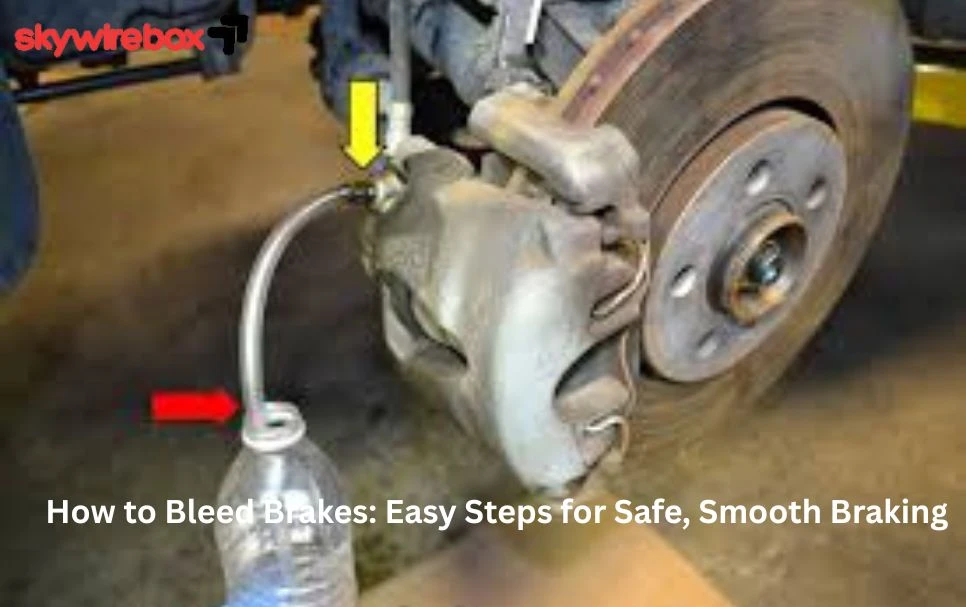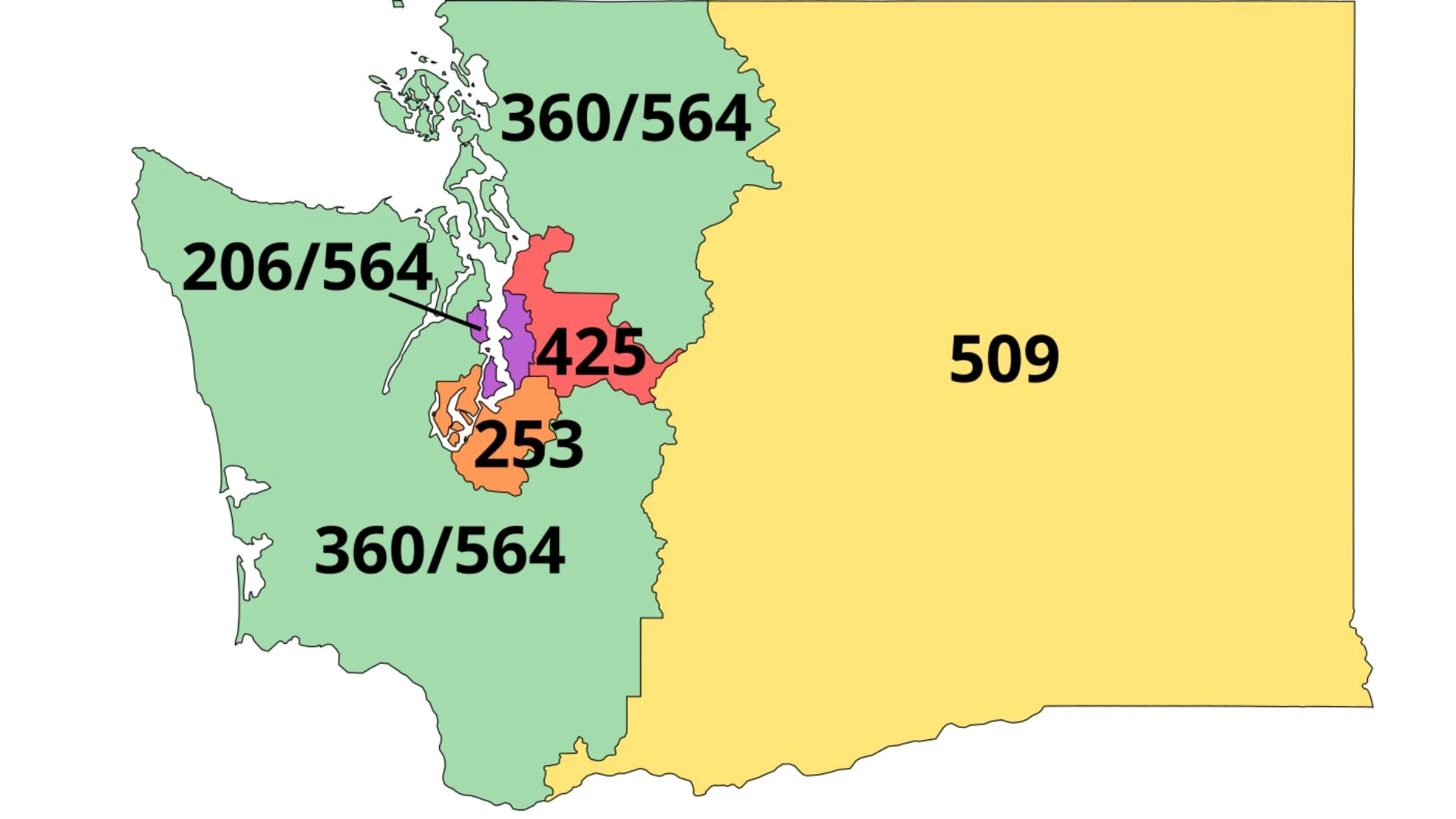If your brakes feel soft or unresponsive, it’s a clear sign that air might be trapped in your brake lines. Knowing how to bleed brakes can save your life and keep your car running smoothly.
You don’t need to be a mechanic to do it yourself. In this guide, you’ll learn simple, step-by-step instructions to get your brakes working like new again. Keep reading, because mastering this skill will give you confidence and control every time you hit the road.

Why Bleed Brakes Matter
Bleeding brakes is an important part of car maintenance. It keeps your brake system safe and working well. Air can get into brake lines and cause problems. Bleeding removes this air and helps your brakes work properly.
Knowing why brake bleeding matters helps you keep your car safe. It also improves how your brakes respond. This section explains what happens when air is in brake lines and how to know if your brakes need bleeding.
Effects Of Air In Brake Lines
Air in brake lines causes weak brake pressure. This makes the brake pedal feel soft or spongy. Your car might take longer to stop. Air can block the brake fluid flow. This reduces how well your brakes work. It can be dangerous on the road. Removing air keeps your brakes strong and safe.
Signs Your Bleed Brakes Need Bleeding
You may need to bleed your brakes if the pedal feels soft. Another sign is if the brakes are slow to respond. You might hear a strange noise when braking. Sometimes, the brake warning light turns on. If your brakes feel uneven or pull to one side, check them. Bleeding the brakes can fix these problems and improve safety.
Tools Needed For Bleeding
Bleeding brakes requires specific tools to ensure the process is safe and effective. Having the right tools makes the job easier and helps avoid mistakes. Some tools are essential, while others improve speed and comfort.
Essential Brake Bleeding Tools
The first tool needed is a brake bleeder kit. It usually includes a clear hose and a container to catch old brake fluid.
You also need a wrench or spanner to open the bleeder valves on the brake calipers or drums.
A fresh bottle of brake fluid is necessary. Use the type recommended for your vehicle.
Safety glasses protect your eyes from brake fluid splashes. Brake fluid can harm your skin and eyes.
A clean rag or towel helps wipe spills and keeps the work area tidy.
Optional Equipment For Efficiency
A vacuum pump can speed up the bleeding process by drawing fluid out quickly.
A pressure bleeder tool attaches to the master cylinder and pushes fluid through the system.
Using a helper makes the job easier. One person can pump the brake pedal while the other opens the valves.
A flashlight helps see tight spots under the vehicle or near the wheels.
Wheel chocks keep the car from moving, adding safety during the job.
Preparing Your Vehicle
Preparing your vehicle is the first step to bleeding brakes safely and effectively. This process helps remove air bubbles trapped in the brake lines. Air in the brake system can cause a soft or spongy brake pedal. Proper preparation ensures the job goes smoothly and your brakes work well.
Safety Precautions
Always park your vehicle on a flat surface. Engage the parking brake to stop the car from moving. Use wheel chocks to block the wheels not being worked on. Wear gloves to protect your hands from brake fluid. Keep brake fluid away from painted surfaces. It can damage the paint.
Locating The Bleed Valves
Find the bleed valves on each brake caliper or wheel cylinder. They look like small nipples with a cap. You may need to remove the wheel for better access. Check your vehicle’s manual for exact locations. Knowing where the valves are speeds up the process.
Step-by-step Bleeding Process
Bleeding brakes is an important task that helps remove air from the brake lines. Air in the brake system can make the pedal feel soft or spongy. This step-by-step process will guide you through the key actions to bleed your brakes safely and effectively.
Setting Up The Brake Fluid
Start by opening the hood and locating the brake fluid reservoir. Clean the area around the cap to prevent dirt from entering. Remove the cap and check the fluid level. Fill the reservoir with the recommended brake fluid type. Keep the cap loose but secure during the process. This prevents air from entering the system.
Bleeding Each Wheel
Begin with the wheel farthest from the master cylinder. Attach a clear tube to the bleeder valve on the brake caliper or drum. Place the other end in a container to catch old fluid. Have a helper press the brake pedal slowly. Open the valve to let air and fluid escape. Close the valve before the pedal is released. Repeat until no air bubbles appear. Move to the next wheel, working closer to the master cylinder.
Checking Brake Pedal Feel
After bleeding all wheels, check the brake pedal. Press it firmly and hold for a few seconds. The pedal should feel firm and steady, not soft or spongy. If the pedal still feels weak, repeat the bleeding process. Always ensure the fluid reservoir stays filled during bleeding. Proper pedal feel means the brake system is free of air.
Troubleshooting Issues
Troubleshooting brake bleeding can solve many common problems. Knowing what to check helps fix issues fast. This section covers three key problems and ways to handle them.
Persistent Spongy Pedal
A spongy brake pedal feels soft and weak. It often means air stays trapped in the brake lines. Bleeding brakes again can help, but sometimes the problem runs deeper.
Check for damaged brake lines or worn brake parts. Replace any broken parts before bleeding. Also, make sure the brake fluid is fresh and at the right level.
Brake Fluid Leaks
Leaks cause low brake fluid and poor brake function. Look under the car and near wheels for wet spots. Leaks can occur at brake lines, calipers, or the master cylinder.
Fix leaks by tightening connections or changing worn seals. Do not bleed brakes until leaks stop. Otherwise, air will keep entering the system.
Uneven Braking Response
Uneven braking means the car pulls to one side when stopping. This issue may come from stuck brake calipers or uneven brake pad wear. Check each wheel carefully.
Clean or replace calipers if stuck. Change brake pads if worn unevenly. After repairs, bleed the brakes to remove trapped air and restore balance.
Maintaining Brake System Health
Keeping your brake system in good shape is very important. It helps your car stop safely and work well for a long time. Regular care prevents problems and costly repairs.
Simple checks and timely fluid changes keep brakes strong. Let’s see how to maintain your brake system properly.
Regular Fluid Checks
Brake fluid moves pressure through the brake lines. It must be clean and at the right level. Check your brake fluid once a month. Look for dark or dirty fluid. This means it needs changing.
Low fluid can cause brakes to feel soft or fail. Always top off with the correct brake fluid type. Use a clean container to avoid dirt getting inside.
When To Replace Brake Fluid
Brake fluid absorbs moisture over time. Moisture lowers its boiling point. This can cause brake failure in hot conditions.
Replace brake fluid every 2 years or 24,000 miles. Follow your car manual’s recommendation. Change it sooner if the fluid looks dark or dirty.
Flushing old fluid keeps the brake system safe. It helps avoid rust and corrosion inside the lines.
How Often Should You Bleed Brakes?
Brake bleeding is recommended every 1-2 years or when brake feel is spongy. Regular bleeding ensures safety and performance by removing air bubbles from brake lines.
What Tools Are Needed To Bleed Brakes?
You need a brake bleeder kit, wrench, clear tubing, a container, and fresh brake fluid. These tools help safely and effectively remove air from the brake system.
Can I Bleed Brakes Without A Helper?
Yes, you can use a one-person brake bleeder kit or vacuum pump. These tools allow solo bleeding by controlling fluid flow without needing assistance.
What Signs Show Brakes Need Bleeding?
Spongy brake pedal, reduced braking power, or brake warning lights indicate air in the system. Bleeding restores firm pedal feel and reliable stopping performance.
Conclusion
Bleeding brakes keeps your vehicle safe and responsive. Follow each step carefully and take your time. Check for air bubbles until the brake fluid flows clear. Use the right tools and brake fluid for best results. Regular brake maintenance helps avoid costly repairs later.
Stay patient and work slowly for better brake performance. Your brakes will feel firm and reliable after bleeding. This simple task can improve your driving safety greatly. Keep practicing to gain confidence and skill over time. Our all updete get to visit our website: skywirebox








